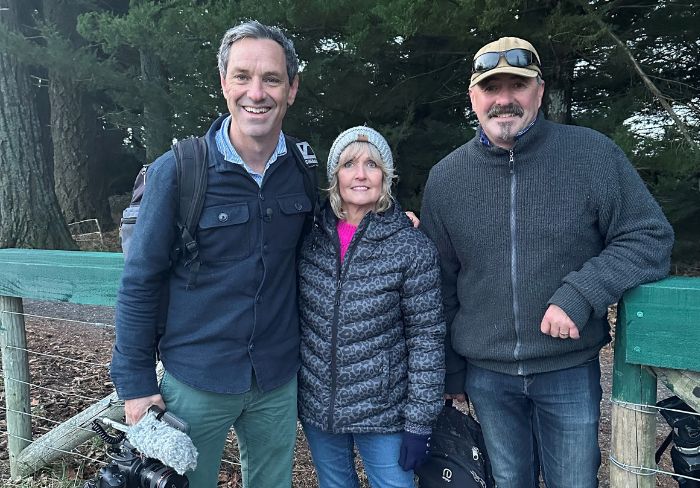After receiving quotes in the tens of thousands of dollars to move a house through Rakaia, Philip Gilmore Brown decided to just do the job himself.
But his bid to save costs instead landed him in court.
The 72-year-old appeared in the Ashburton District Court on Friday for a judge-alone trial before Judge Raoul Neave.
Brown, who has driven heavy machinery most of his life, had earlier pleaded not guilty and opted to represent himself on eight driving-related charges from the incident on February 12. 2023.
He faces three charges for breaching regulations for an over-dimension vehicle after travelling about 12 kilometres along public roads in Rakaia.
He also faces charges for failing to comply with over-height regulations, operating a vehicle with an insecure load, not clearly identifying a pilot vehicle, failing to obtain an over-dimension permit and dangerous driving.
Brown said one moving company had quoted $20,000 to move the house and a second company had quoted even more.
He decided to move the house himself to save money.
Brown said he had an engineering qualification and had measured the route beforehand. He maintained that everything had been done safely.
The complaints appeared to come from a home relocation company that had “sour grapes” because Brown decided to move the house himself, he told the court.
A class one pilot driver, who saw the house being moved, gave evidence of what she described as a “s**t show” with the house being moved without the correct warning chevrons on some of the home’s corners.
She said there were two class two pilot drivers, but a move of a home that size should have been overseen by a third pilot driver with a class one licence.
One of the pilot vehicles did not have the correct signage and both lacked the purple flashing lights, in addition to the amber lights, required of pilot vehicles to move a house that large.
She described seeing the house catch on a power pole guy wire before the truck reversed to release the tension on the wire and moved forward again.
Photos in a photobook before the court showed one end of the house sagging on the trailer straddling Acton Road and its verge from fence to fence.
EA Networks network controller Gerard Hart gave evidence that there was the potential danger of electrocution to people under the power lines in the event that the lines and poles were damaged.
For the size house being moved, EA Networks would normally assess the route and escort the vehicle as a safety precaution, Hart said.
Senior Constable Matthew Kay from the police commercial vehicle team in Timaru told the court that a specific permit was required to move a house of the size Brown was moving – and part of the permit permission would not allow movement on a Sunday until later in the evening.
He also gave evidence that the pilot vehicles did not have the required purple flashing lights for a category 4b over-dimension vehicle.
Kay said he did not see anything used to tie the house onto the trailer, but could not rule out Brown’s statement that he had chains under the house to keep it on the trailer.
Brown said he had questioned the basis for the dangerous driving change and had not received a response from police.
He also questioned the accuracy of the height measurement taken by Kay.
Brown said the height had been measured in a paddock after the trailer had been jacked up to get over the berm and into his paddock.
Despite having a permit to carry over weight items, Brown denied knowing he needed an over-dimension permit.
He told the court he had been moving heavy equipment for over 20 years.
“It’s total stupidity to move a house like that at night… during the daytime you can see where it is,” Brown said.
Judge Neave said the relevant transport law and issues were complicated and reserved his decision.
He will issue a decision in writing on or before July 15.
By Sharon Davis





